The Stadium of Ephesus: Between Sport and History
Located south of the Vedius Gymnasium, the Stadium of Ephesus is one of the most important historical monuments of the ancient city. Originally built during the Hellenistic period, this stadium was designed to host ceremonies and sports activities and eventually became a symbol of the cultural and religious transformations in the region.
Location and Structure of the Stadium
The Stadium of Ephesus is strategically located on the slope of Mount Pion, which allowed the southern seating area to be built directly into the natural hillside. On the north side, the seats were supported by vaulted galleries, an architectural technique that provided greater stability and space for spectators.
The Monumental Entrance on the West Side
One of the most notable features of the stadium is its monumental entrance on the west side. This entrance led to a U-shaped structure, characteristic of Roman stadiums in the classical era. The shape and design of the stadium as seen today resulted from a renovation and expansion carried out during the reign of Emperor Nero in the 1st century AD.
Modifications and Use of Original Materials
During Nero’s renovation, the original seating and bleachers were not retained on site. Instead, these pieces were reused in the restorations of other Ephesus buildings and even in the construction of the Basilica of St. John, reflecting a common practice of repurposing ancient materials in new structures.
A Symbol of Changing History
The reuse of original pieces reflects the constant changes in the city of Ephesus, where old structures found new meanings and functions over time. Although modified, the stadium retains its significance as a witness to the history of Ephesus.
Activities and Events in the Stadium
Initially, the stadium was used exclusively for ceremonies and sports events in the Hellenistic period, such as races and athletic competitions. However, with the arrival of the Roman period, its use expanded to other events, including gladiatorial combat and fights with wild animals.
The Persecution of Christians
During the Roman period, the stadium also witnessed the persecution of Christian prisoners, who were captured and thrown to lions in this arena. This brutal practice turned the stadium into a symbol of the suffering endured by early Christians in Ephesus.
Christianity and the Destruction of the Stadium
When Christianity became the official religion of the Roman Empire, the stadium was destroyed as part of an effort to eliminate places associated with the persecution of the faithful. In its place, the so-called Gate of Persecution was built, a monument commemorating the suffering of Christians and symbolizing their triumph over oppression.
The Gate of Persecution
The Gate of Persecution was erected as a reminder of the challenges faced by early Christians. This monument was built on the same site where the stadium once stood, marking the end of a period of suffering and the beginning of a new era of religious freedom.
Tips for Visiting the Stadium of Ephesus
- Location: The stadium is located south of the Vedius Gymnasium and is easily accessible from the southern entrance to the ruins of Ephesus.
- Best time to visit: It is recommended to visit early in the morning or at sunset to avoid the heat and enjoy the best lighting for viewing architectural details.
- Respect the site: As a historical site, it is important to respect the designated areas and avoid touching the structures to help preserve this monument.
Conclusion
The Stadium of Ephesus is much more than a sports structure; it is a symbol of the history of Ephesus and the changes that marked the city over the centuries. From its construction in the Hellenistic period to its transformation into a site of Christian martyrdom, the stadium represents the complex relationship between religion, politics, and culture in ancient Ephesus. Visiting the stadium and the Gate of Persecution allows visitors to explore an essential part of this city’s history and understand the struggles and transformations that shaped its legacy.
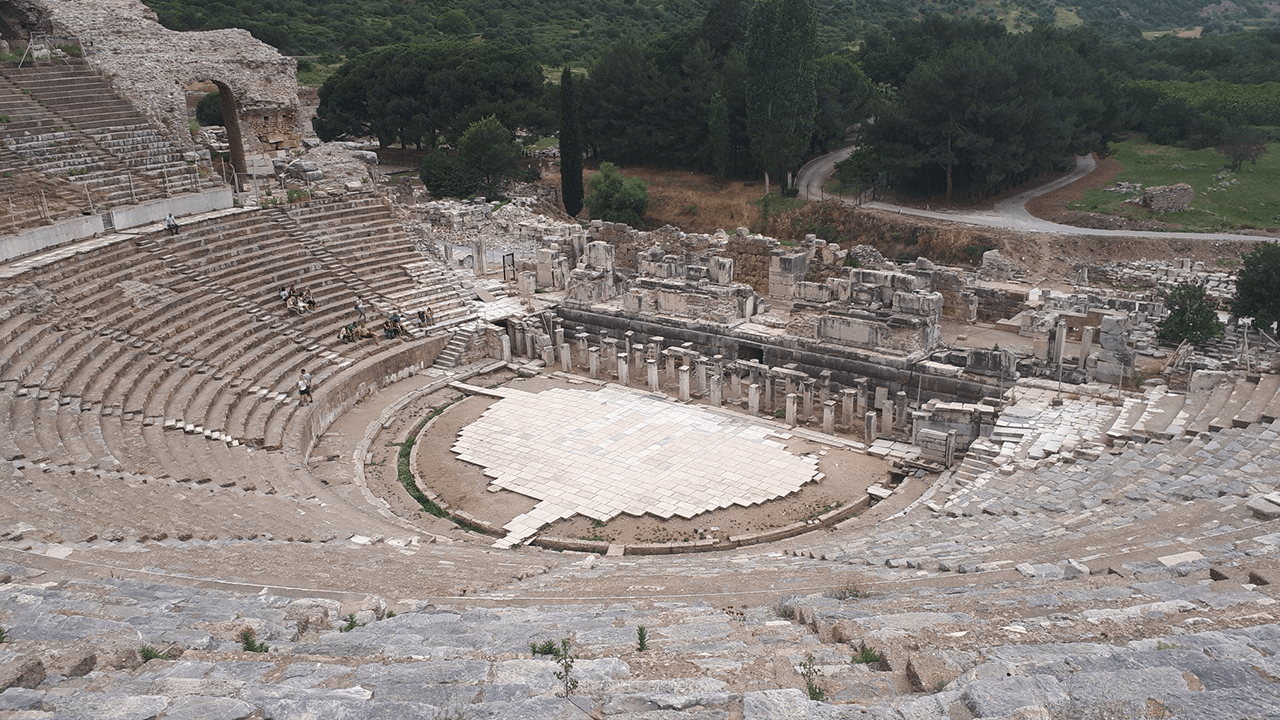
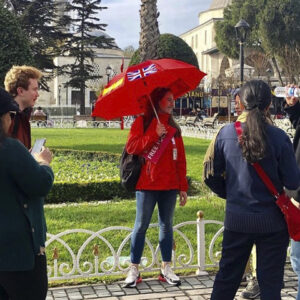
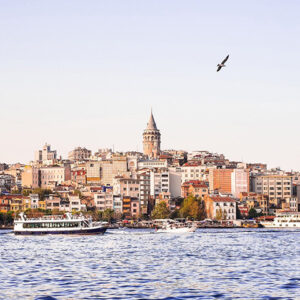

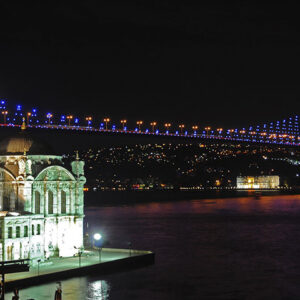

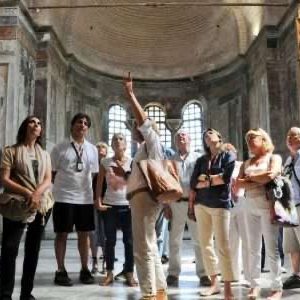
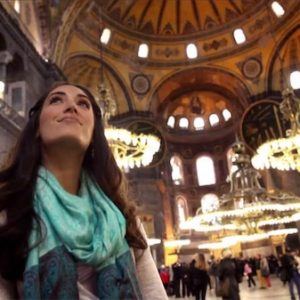


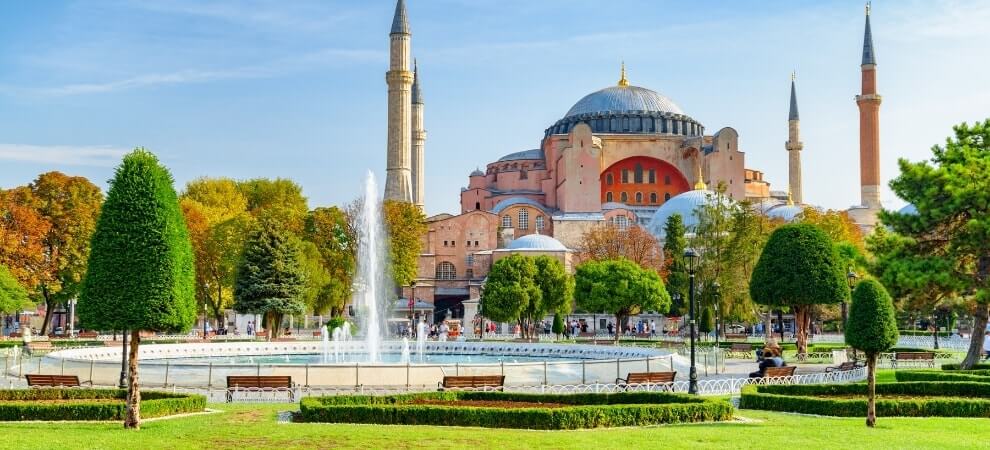
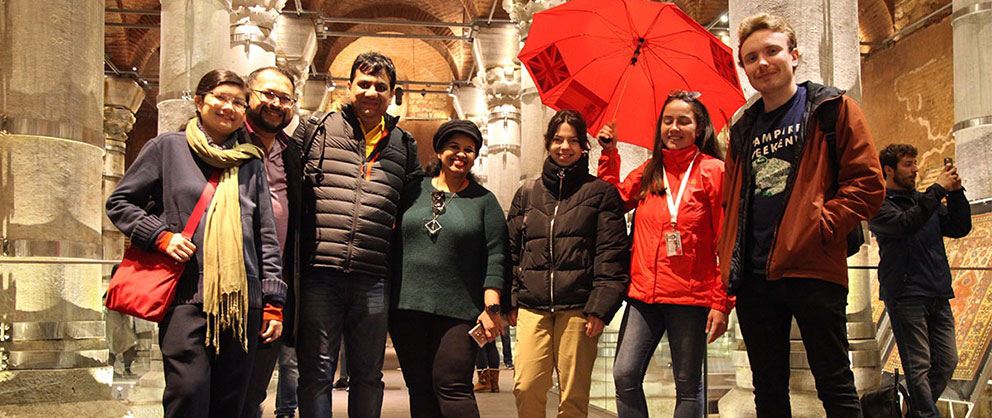
3 thoughts on “The Stadium”
★★★★★
Highly recommend visiting ‘The Stadium’—a site rich with history and unparalleled beauty.
★★★★★
Learning about and visiting ‘The Stadium’ was both fun and educational. Everyone should experience this!
★★★★★
My journey to ‘The Stadium’ was nothing short of amazing. A must-see for anyone exploring the area!